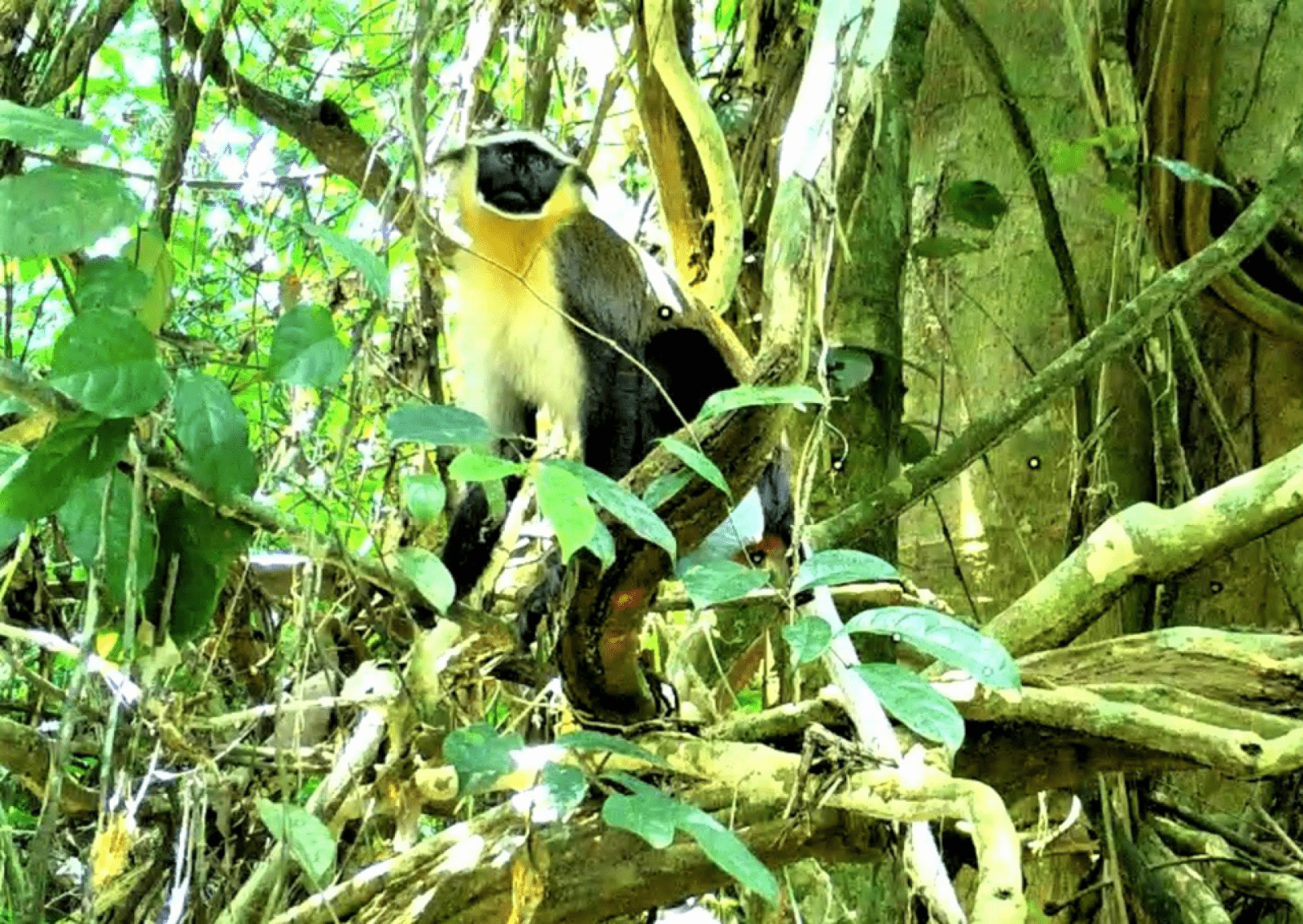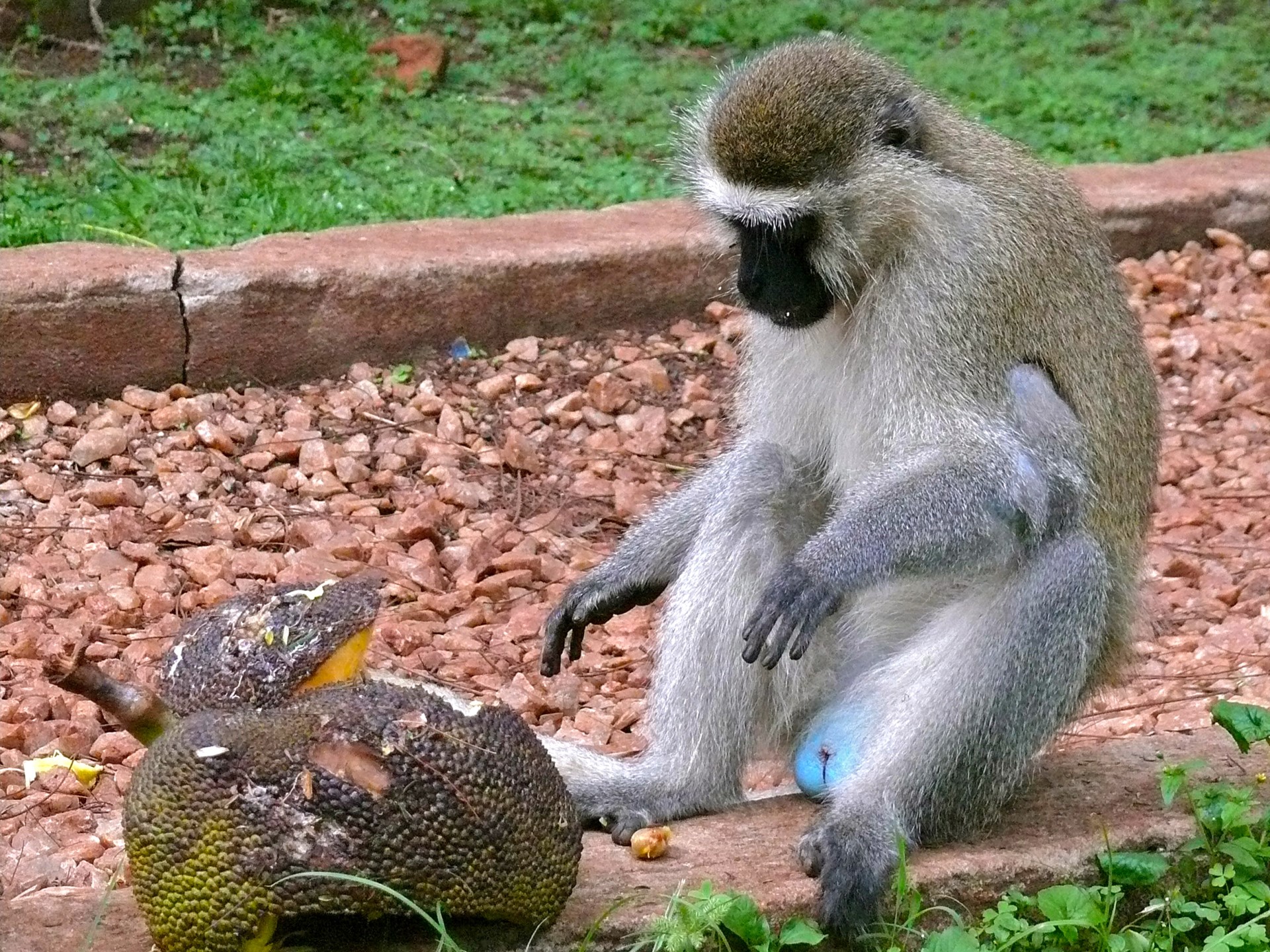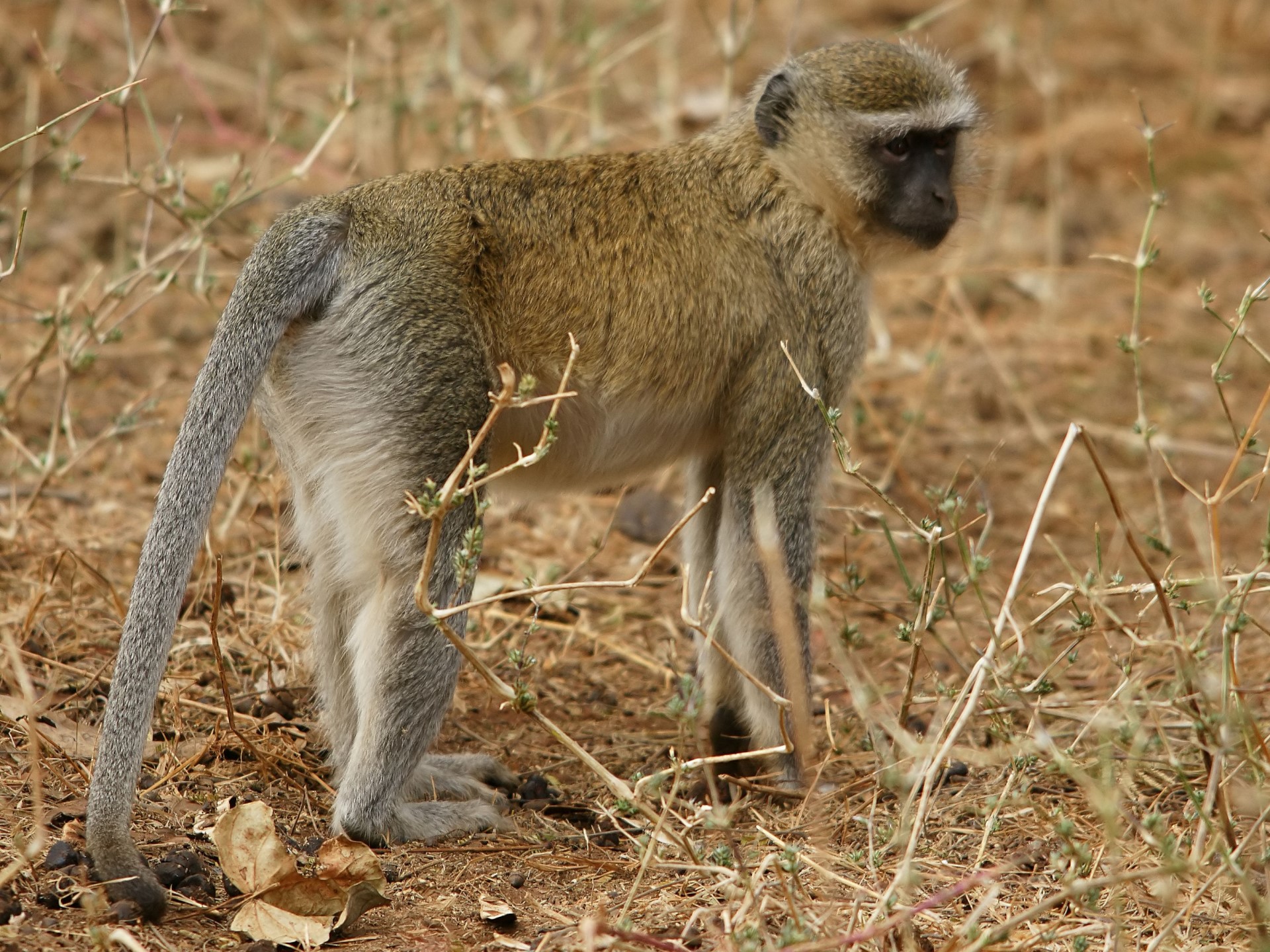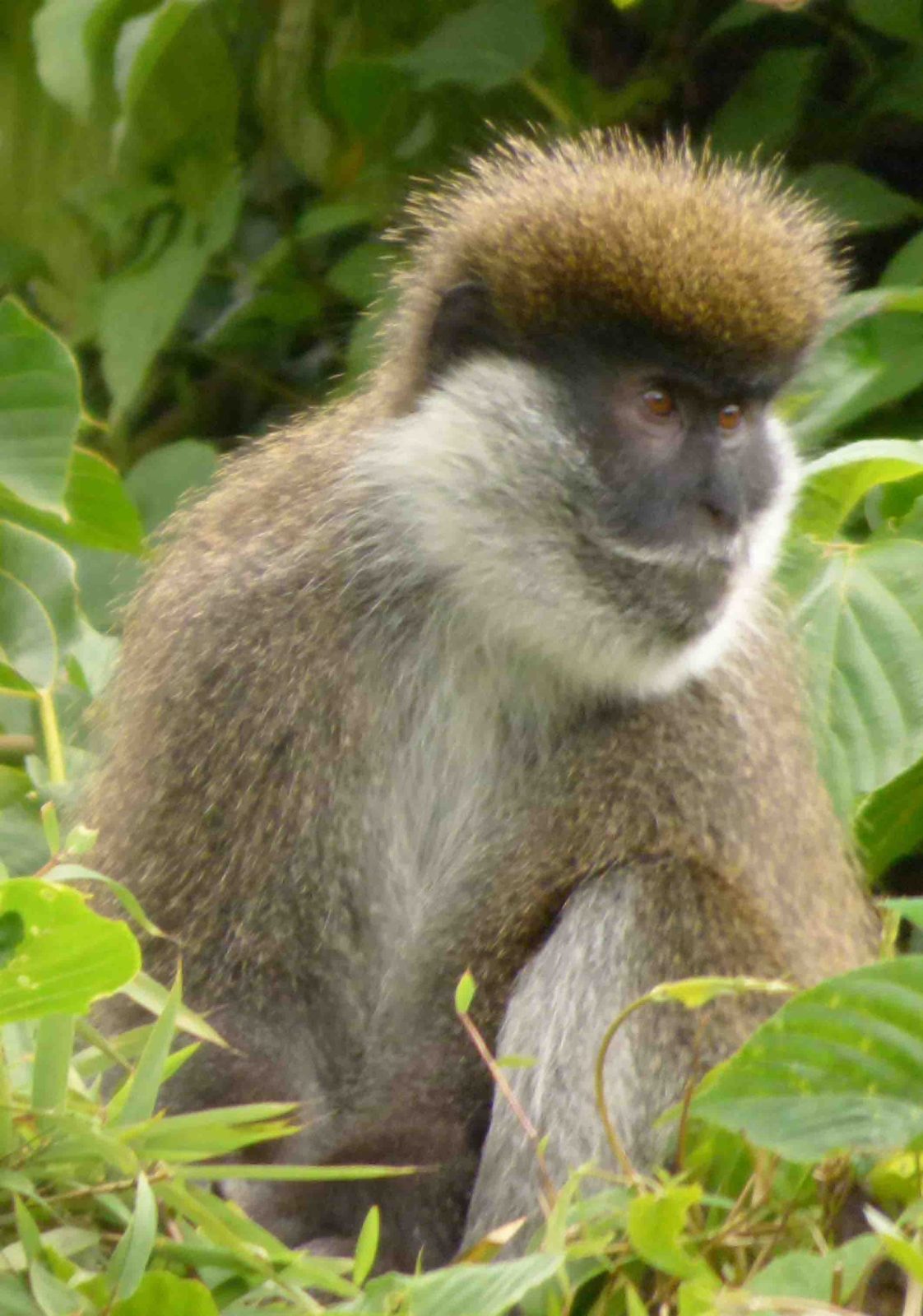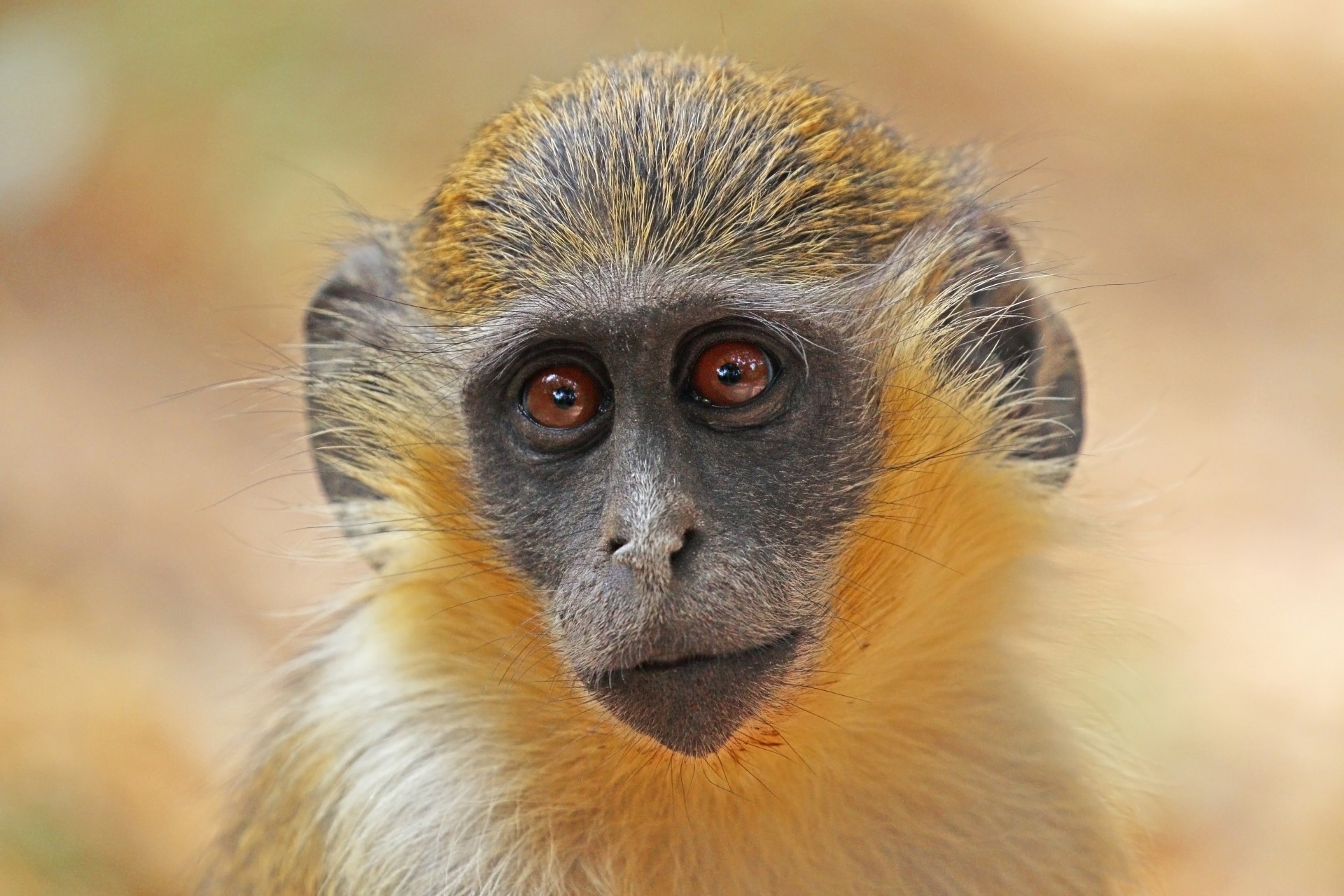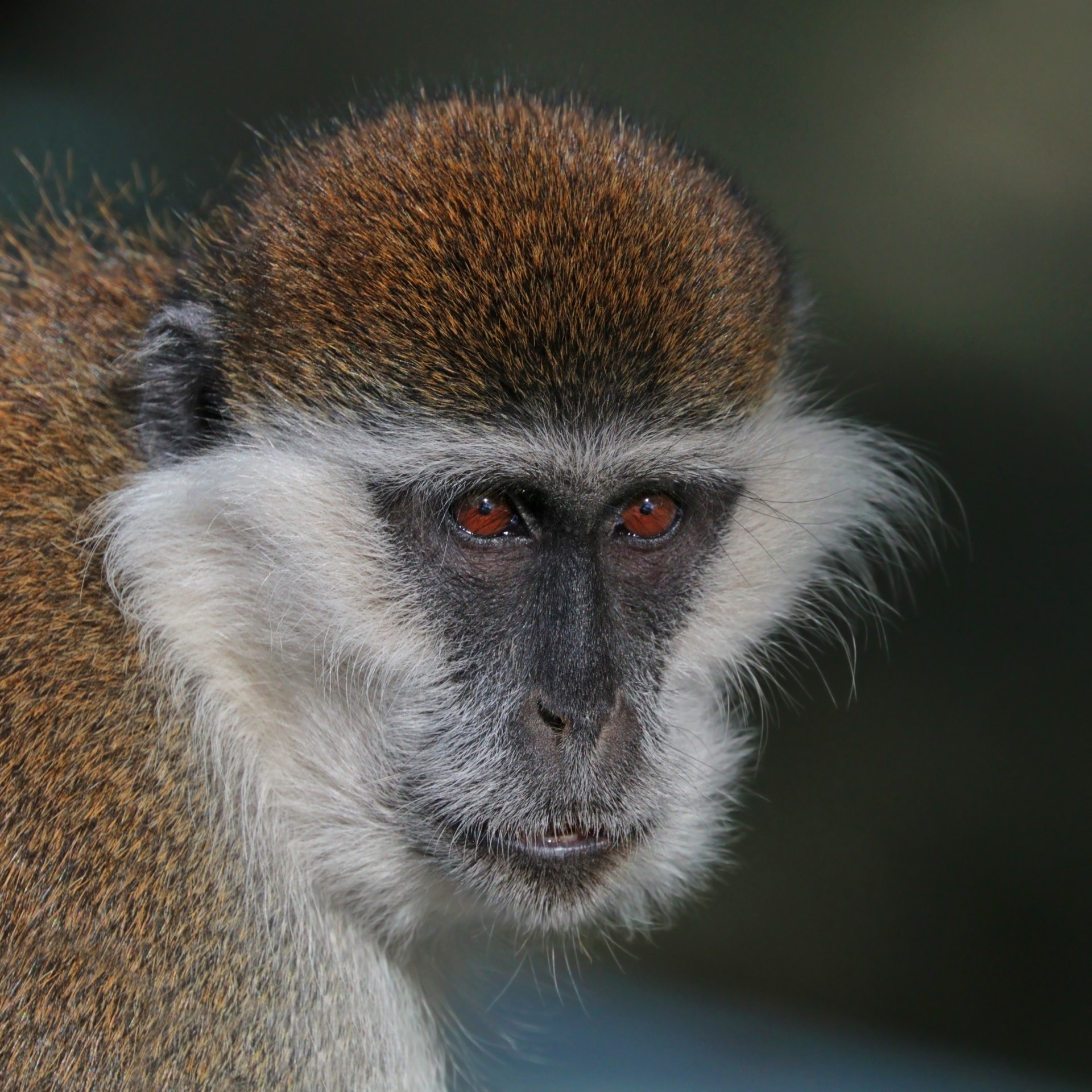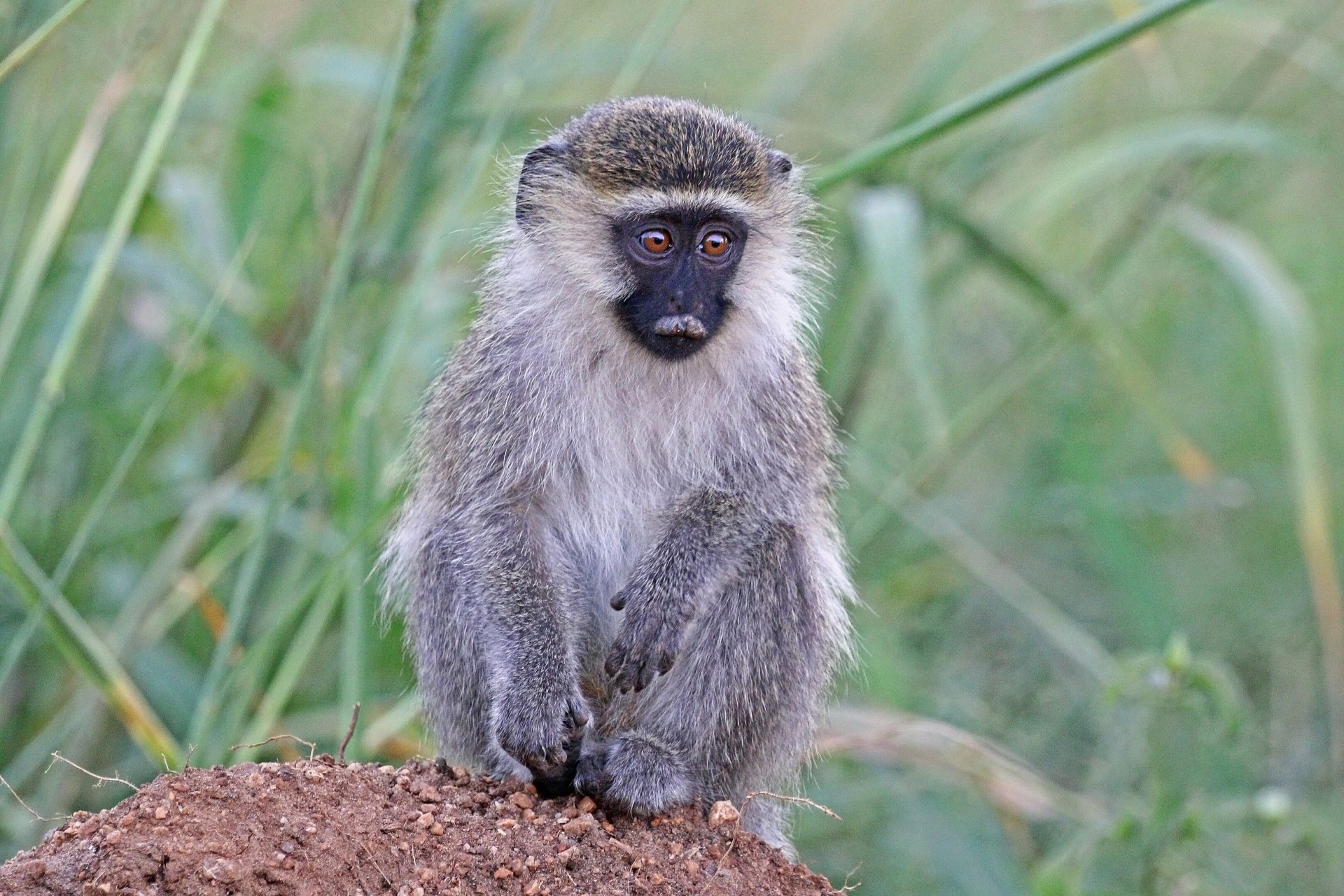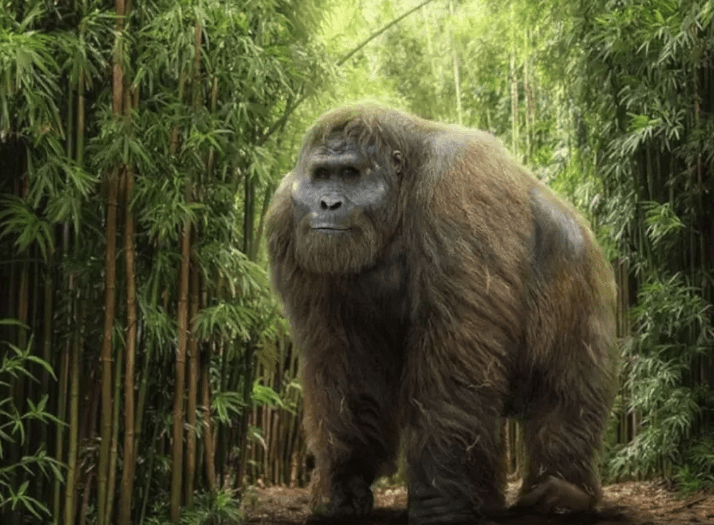
Thought to have gone extinct 295,000 and 215,000 years ago, having first appeared around 2 million years ago. Rather than being caused by our ancestors, it unfortunately became extinct as a result of the climate became more seasonal and the plant-eating primate struggled to adapt to changing vegetation.
Might this be a for-shadow for the extinction of the rest of the great apes?
The largest ever primate Gigantopithecus blacki went extinct at a time when Asian great apes were thriving, and its demise has long been a considered a mystery. A massive regional study of 22 caves in southern China explores a species on the brink of extinction between 295,000 and 215,000 years ago. As the environment became more seasonal, forest plant communities changed Primates such as orangutans adapted their eating habits and behaviors in response but G. blacki showed signs of stress, struggled to adapt and their numbers dwindled.
This species was 3m (10 feet) tall, it was around twice the weight of the the largest gorillas. It was first identified around 100 years ago, from fossilized teeth (around 2000 have been found) sold as dragon bones. Around (700,000 or) 600,000 years ago we start to see large environmental changes and during that period we see a decline in the availability of fruit.
As a result Giganto (ate) less nutritious fall-back foods. We’ve got evidence from looking at the teeth structure, Westaway added. Pits and scratches on the teeth suggest it was eating really fibrous food such as bark and twigs from the forest floor.
Funnily enough, they are not thought to have ever lived in caves, but instead had their remains carried there.
As there are no, non-cranial fossils (i.e. any fossils of any part of this species below the neck) , it’s hard to know exactly what Gigantopithecus would have looked like. Its upper molars are 57.8% larger than a gorilla’s and the lower molars are 33% larger, suggesting its body weight would have been 200 to 300 kilograms.
Given its size, it is thought to have long abandoned the tree-tops, though given its closest living relative is the Bornean Orangutan, of which, older males are often spending more time on the ground given their large weight as well.
There are fossils of homo erectus from nearby, from around 800,000 years ago, suggesting that we might well have lived alongside them. How happy or harmonious this relationship is, we cannot know. Unfortunately, given recent history, it is quite likely that directly or indirectly we had a hand in this species extinction, given our impact on almost all other species that we know.



